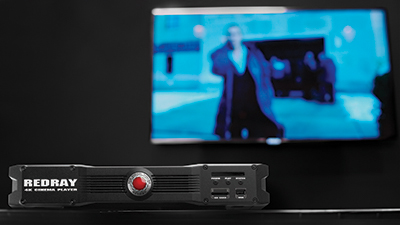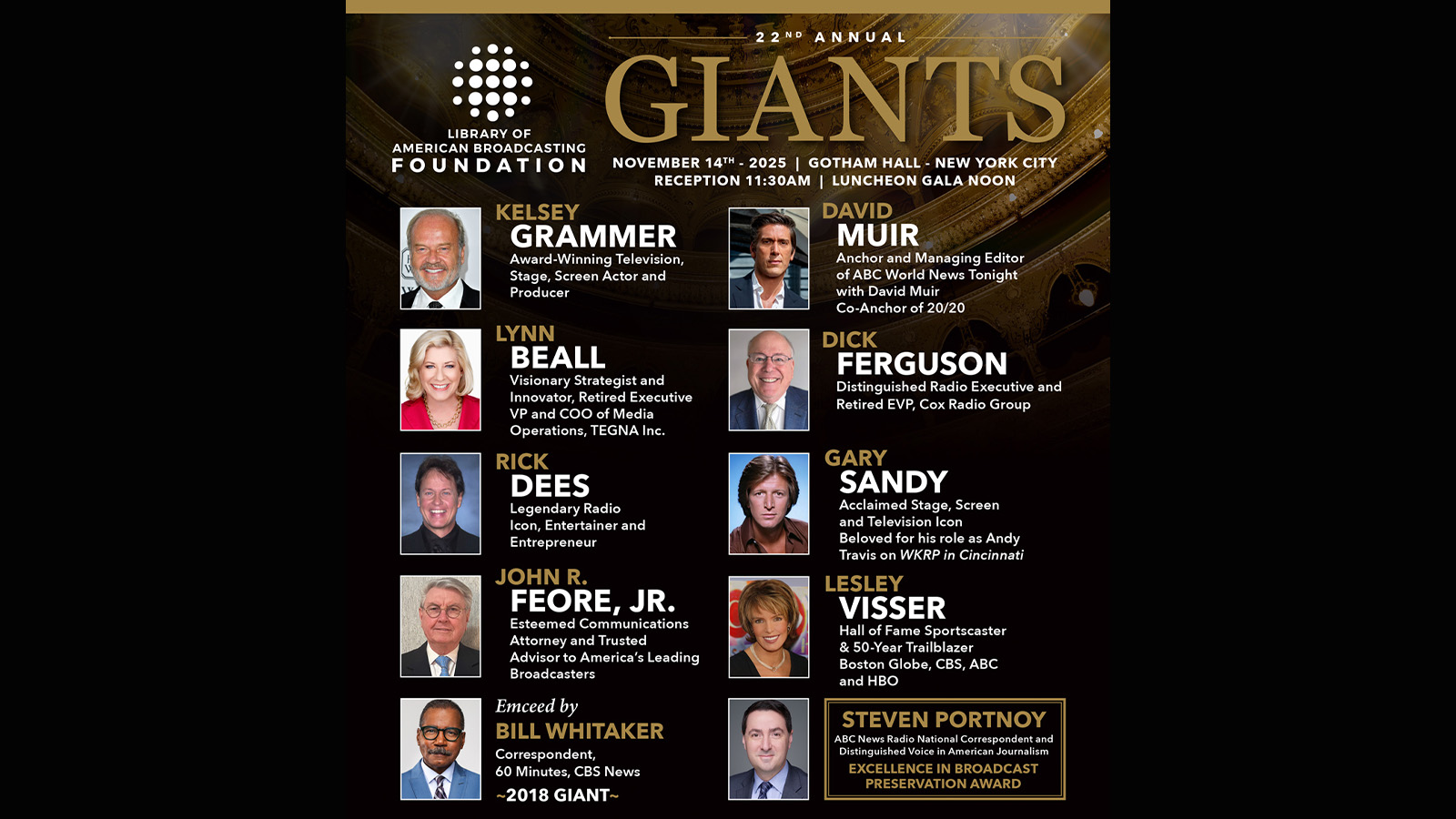What’s Next for UHDTV?

REDray’s 4K Cinema Player, which boasts a 1TB hard drive, is the first plug-andplay 4K player in North America available to consumers.
ALEXANDRIA, VA.—In the wake of the Consumer Electronics Show, where all-things- Ultra HDTV garnered the most buzz, the looming question now is what are the next steps for 4K television?
The many proponents of 4K television— which boasts four times the image quality of HD—are busy working on potential delivery modes, as well as the launch of 4K content creation, even while work progresses simultaneously in Japan on 8K.
“It seems a shame, after NHK had been using ‘UHDTV’ for years to refer to 8K, for it suddenly to be applied to 4K,” said broadcast engineering icon Mark Schubin, host of the Hollywood Post Alliance Tech Retreat in February, where 4K was examined. “What will we call 8K when it comes around? What’s beyond ‘Ultra’?”
In these very early days (the Consumer Electronics Association predicts less than 25,000 UHD units will be sold in America in 2013), Schubin said “the industry needs to consider what delivers more of an enhanced experience—higher resolution or higher frame rate. Doubling the frame rate doubles the uncompressed data; doubling the resolution in any direction quadruples the uncompressed data.”
Meanwhile, the Japanese government announced the pending launch of NHK’s first 4K broadcasts in July 2014, about two years ahead of schedule.
DELIVERING THE GOODS
Like all new technologies, UHDTV has its share of challenges, according to Hugo Gaggioni, chief technology officer of Sony Broadcast & Production Systems. “We know we have to live with 6 MHz frequency allocations and, hence, we’ll require more advanced coding and digital modulation technologies to accommodate the larger amount of data that represents [4K] signals,” he said. “Both of these have been achieved, to a large extent, from technology proof-of-concept perspectives.”
Get the TV Tech Newsletter
The professional video industry's #1 source for news, trends and product and tech information. Sign up below.
Modulation chips already exist, Gaggioni said, while companies are busy preparing coding devices based on HEVC (H.265) compression—a standard formally approved by the International Telecommunications Union in late January. This High Efficiency Video Coding compression eventually will enable higher resolution and other broadcast services not possible today, via ATSC 3.0.

Masayuki Sugawara, NHK executive research engineer Broadcast delivery of UHDTV is part of a “wide range” of services planned for ATSC 3.0, currently under development from the Advanced Television Systems Committee, according to association President Mark Richer. “It may take a while before we see a significant amount of 4K content delivered to the home,” Richer said. “Among other things, UHDTV [sets] could be used to display multiple applications simultaneously in different parts of the [large] screen.”
Masayuki Sugawara, executive research engineer with NHK believes developments are necessary in every part of the broadcast chain before launching 4K broadcasting—“especially bandwidth,” he said. “The most promising coding system for 8K/4K broadcasting is the HEVC system, [but] what we need is early implementation on transmitters and receivers at low costs. [NHK] considers 4K as a ‘pass point’ and it is best to focus on the migration to 8K as soon as possible,” Sugawara said.
Matthew Goldman, senior vice president of TV Compression Technology at Ericsson Television, thinks recent broadcast investment in today’s digital HD will make it tougher to justify an upgrade to UHD since the costs for HD conversion have not been fully amortized. “Still, since this is a second or third evolution of digital television— depending how SD and HD are considered— most professional products will become UHD/4K-ready quickly,” Goldman said.
PBS Chief Technology Officer John McCoskey believes “although cable and satellite household penetration is high, the vast majority of local broadcast channels carried on those services are delivered to MVPDs by over-the-air signals, so broadcast is still quite relevant in any delivery of UHD. Current [DTV] technology is now 15-to-20 years old, so we, as an industry, will have to look at shifting to a new set of standards in the next five to ten years anyway. It will make sense to capture UHD capability in that shift.”
CONTEMPLATING CONTENT
One new delivery scheme for early adopters that could help boost 4K home viewing is Red Digital Cinema’s ongoing rollout of its REDray 4K Cinema Player, which boasts a 1TB hard drive. Believed to be the first plug-and-play 4K player in North America, Red’s device carries a MSRP of under $1,500 and uses a single HDMI 1.4 cable. Red says its new player will deliver 4K resolution at data rates lower than Blu-ray’s 1080p. (It was previewed at the 2012 NAB Show, demo-ed at CES and will do an encore at NAB.)
Meanwhile, initial 4K TV content is being readied, but not from TV sources, per se—such as Sony’s announced conversion of its Sony Pictures movie titles by this summer for home viewing. McCoskey said “we’ll see UHD [content] happen first in non-broadcast distribution, starting in the next year on a small scale, for those content owners who have source material at that resolution, as with [Sony Pictures].”
For PBS itself, McCoskey thinks any prompting of 4K content might include a familiar “food chain” scenario. “In the case of HD, PBS had set a date after which we would not accept anything but HD content from our producers. With a few years’ warning—and with respect for equipment replacement cycles of producers—that approach would likely work in the future. Of course, we’re not going to do that until there is a clear industry trend.”
Goldman said starting now, “Content acquisition must be mastered in the highest picture quality possible, even if the roll-out of UHD to the home is not yet feasible. This will jumpstart the pipeline of content availability. Masters can be downconverted to HD for traditional usage. The goal, of course, is to make the consumer presentation compelling—the ‘wow factor’—hopefully in a similar fashion as HD was to SD.”
McCoskey said “just as you can’t buy an [SD] camera today, I predict in a few years the same will be true for HD. Source content will be available, displays will be widely available and more affordable, and non-broadcast distribution of UHD will start to happen.”
